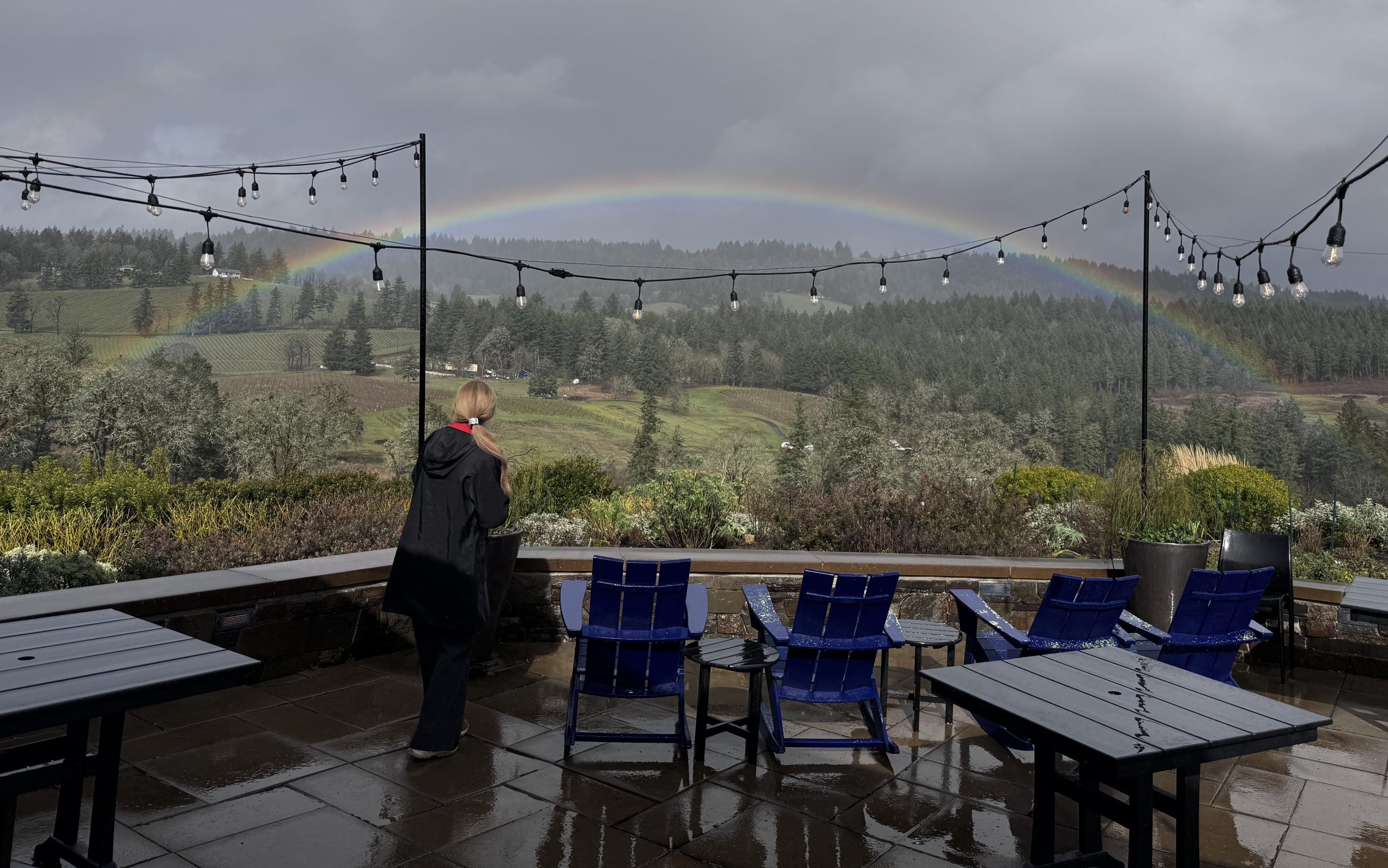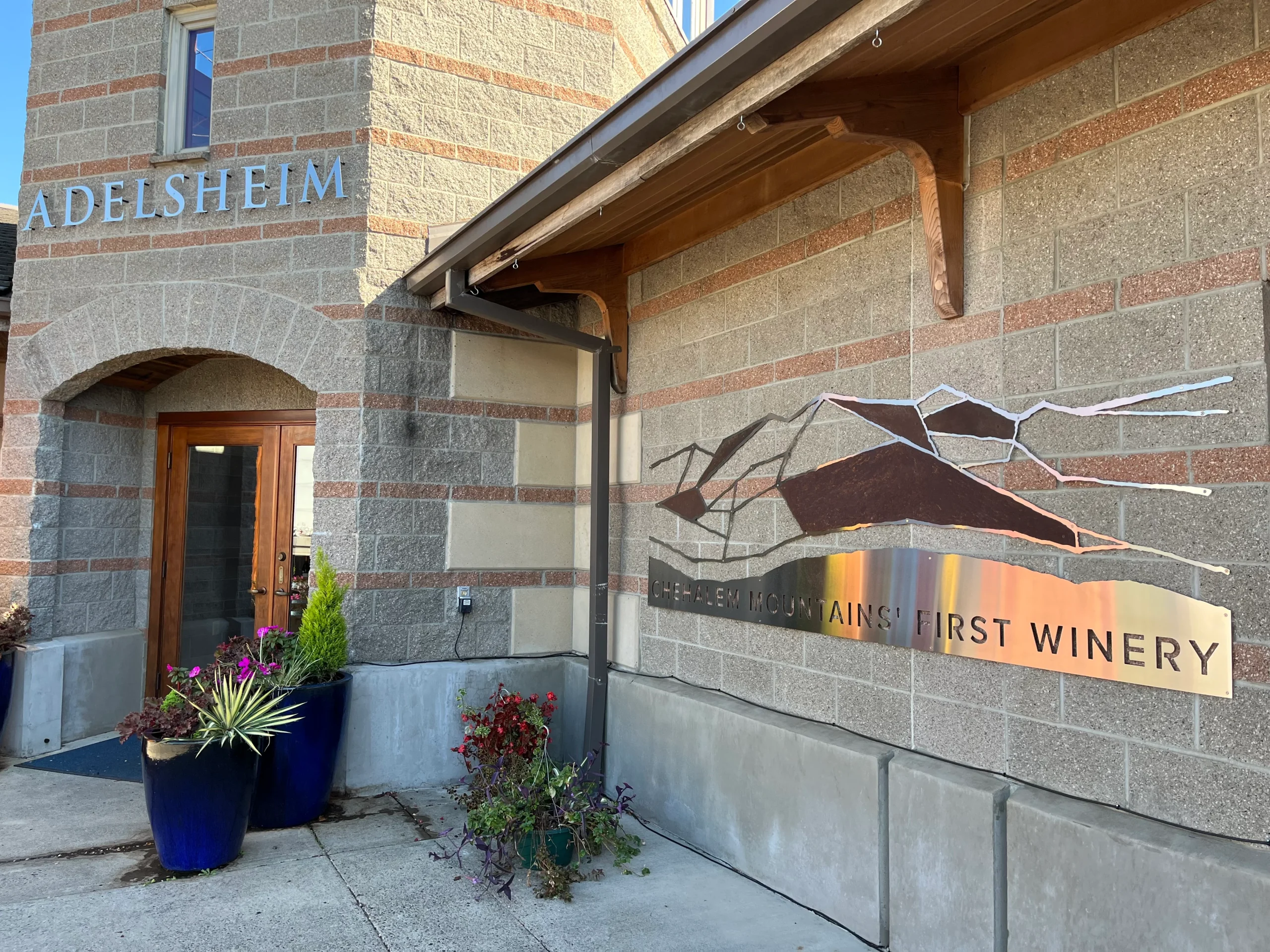So, what is wine? We know it is a lovely juice from fermented fruit, but what components help to create this magical liquid? Just think WAASP… Water, Alcohol, Acid, Sugar and Phenolic compounds. Now, let’s chat more….
Water
Wine is usually 80-9o% water. It usually comes mostly from the grapes, but water can be added during winemaking to dilute grape juice or wine when the alcohol (or potential alcohol) and/or phenolics are too strong. Adding water is a very uncommon practice.
Alcohol
Specifically, ethyl alcohol (also known as ethanol). It is the main alcohol element in wine. Other alcohols that may be found in wine include glycerol and methyl alcohol (also known as methanol). Why is alcohol important in wine? It creates “body” and “weight” on the palate, allowing a tactile sensation as the elements of the wine remain in the mouth. Ethanol is important to your nose too as it evaporates quickly and carries the aromas of the wine up to your nose.
Acid
Tartaric acid is the most common acid found in wine. It also has the unique ability to form wine crystals or wine diamonds. Unfortunately, once they are created, they cannot dissolve back into the wine. pH (powers of hydrogen) has a scale of 0 – 14 with 7 being a neutral substance like water. The pH is wine is typically 3.3 to 3.7. White wine usually has a pH of around 3.4.
Sugar
Glucose and fructose are the two simple sugars that can be found in equal amounts in the grapes. At harvest, grapes typically contain about 15 – 28% sugar. These sugars are highly fermentable, and the yeast converts these sugars into ethanol, making grape juice into wine. A dry wine is one that has less sugar than a person can taste. However, even dry wines have some residual sugar as grapes contain small amounts of unfermentable sugars.
Phenolic Compounds
These various small molecules (also known as polyphenols and phenolics) can have a big impact on wine. Some phenolics include Anthocyanins, Flavanols, Tannins, and Vanilla. We know that the aromas of vanilla come from the barrel and tannins come from the skin, stem and seeds of the grapes, but do the other compounds affect the color of the wine? Yes, in fact, anthocyanins help give red wine its color. The red wine color spectrum is from blue to purple to red. The amount of this compound and the acidity level in the wine will appear redder with more acidic wines and bluer with less acidic wines. Flavanols are yellow pigments found in white wines. These compounds are sensitive to light and help wine appear more golden from warmer climate regions as compared to cooler climate regions.
Now you know. In the future, we’ll break down these elements in more detail as I help you “get personal about wine”.
Dan K. Johnson
Proprietor
Office: 503 476-1006 x1
Direct/Text: 503 862-8889
www.trianglewinecountry.com






